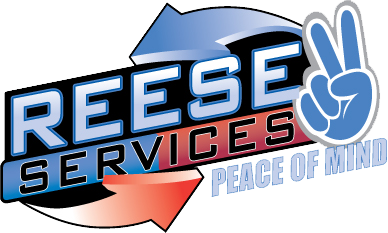R-22 , in addition to several other ozone depleting chemicals, has been marked for phase through an International treaty known as the “Montreal Protocol”. Europe will no longer allow R-22 use as of 2015 and has not allowed new HVAC equipment using R-22 since 2004. In 1996, the United States implemented their phase out program.
Most of us remember our high school economics class discussing supply and demand. When supply is higher than demand, pricing decreases; when demand is higher than supply, pricing increases. Aged HVAC units and the government phase out of R-22 Refrigerant could give you and your checkbook a crash course in economics!
R-22 has been the refrigerant of choice for residential heat pump and air conditioning systems for more than four decades. Unfortunately for the environment, releases of R-22, often from leaks, contributes to ozone depletion. R-22 is a greenhouse gas, and the manufacture of R-22 also results in by-products that contribute to global warming.
A few years ago the government announced a change in refrigerant standards for residential central air conditioners. In short, they required that the most common refrigerant, R-22, to be phased out and eliminated from use by the year 2020. This regulation also required air conditioning manufacturers to cease the shipment of R-22 refrigerant with any newly-produced air conditioning systems. When you buy a new air conditioner these days it will most likely contain the more environmentally-friendly R-410A refrigerant or a legal alternative.
Homeowners are not required to stop using AC’s or heat pumps with R-22 and they are not required to replace existing equipment just encouraged to switch to a new, more environmentally friendly refrigerant. The lengthy phase-out period provides some time to switch to ozone-friendly refrigerants when you normally would replace the air-conditioner or heat pump. But, as supplies of R-22 become scarcer, the price of R-22 will continue to increase dramatically, causing service cost to escalate. Starting in 2020, new R-22 will no longer be produced. Homeowners will need to rely solely on recycled or reclaimed quantities of R-22 refrigerant in order to service any systems still in use.
The new refrigerant policies have put many homeowners and HVAC contractors in quite a predicament. The situation raises significant questions about the best solution when an AC problem or AC repair is needed: should the homeowner pay the high price to recharge their system with R-22 refrigerant, or attempt to use an alternate refrigerant, or buy a new air conditioner altogether? Should the homeowner buy a new R-410A refrigerant system? For now, recharging with R-22 may be a lower-cost solution in the short term; but longer-term, repercussions of that choice are becoming clearer; no new R-22 refrigerant will be produced after the year 2019. As quickly as 2020 approaches, the cost R-22 will skyrocket exponentially, too.
